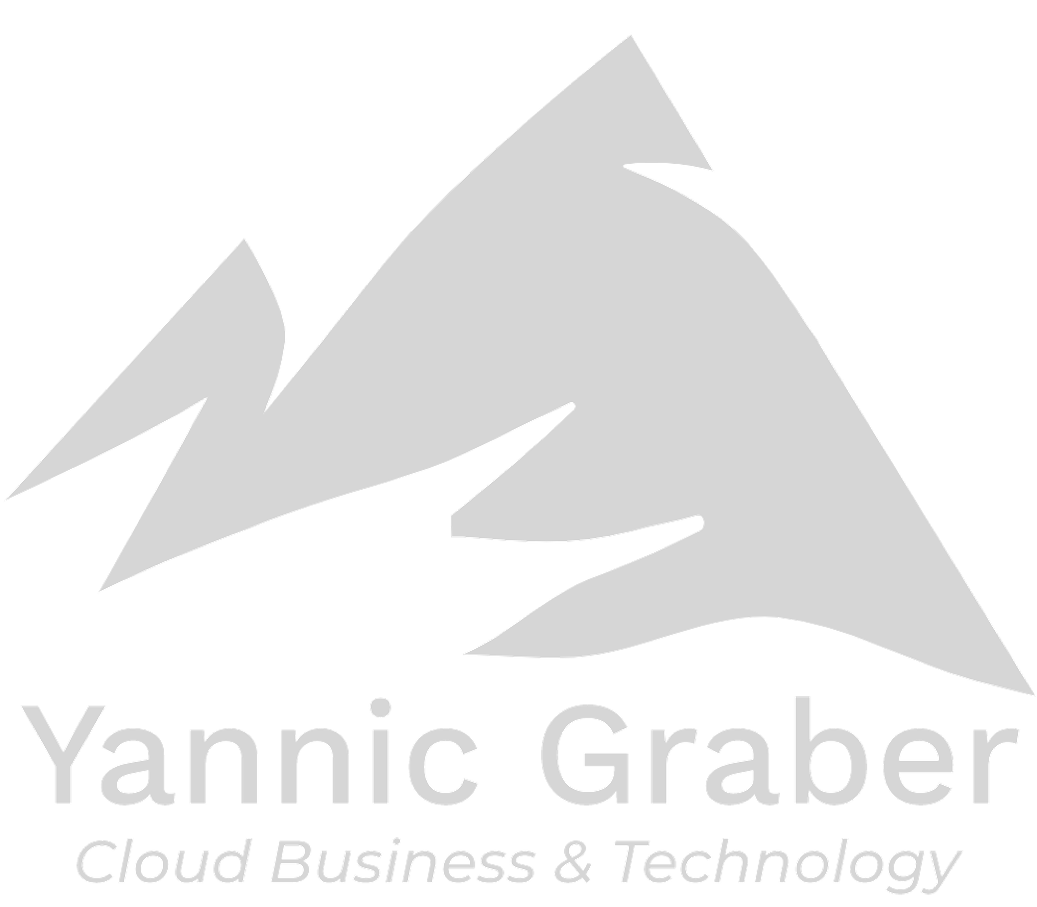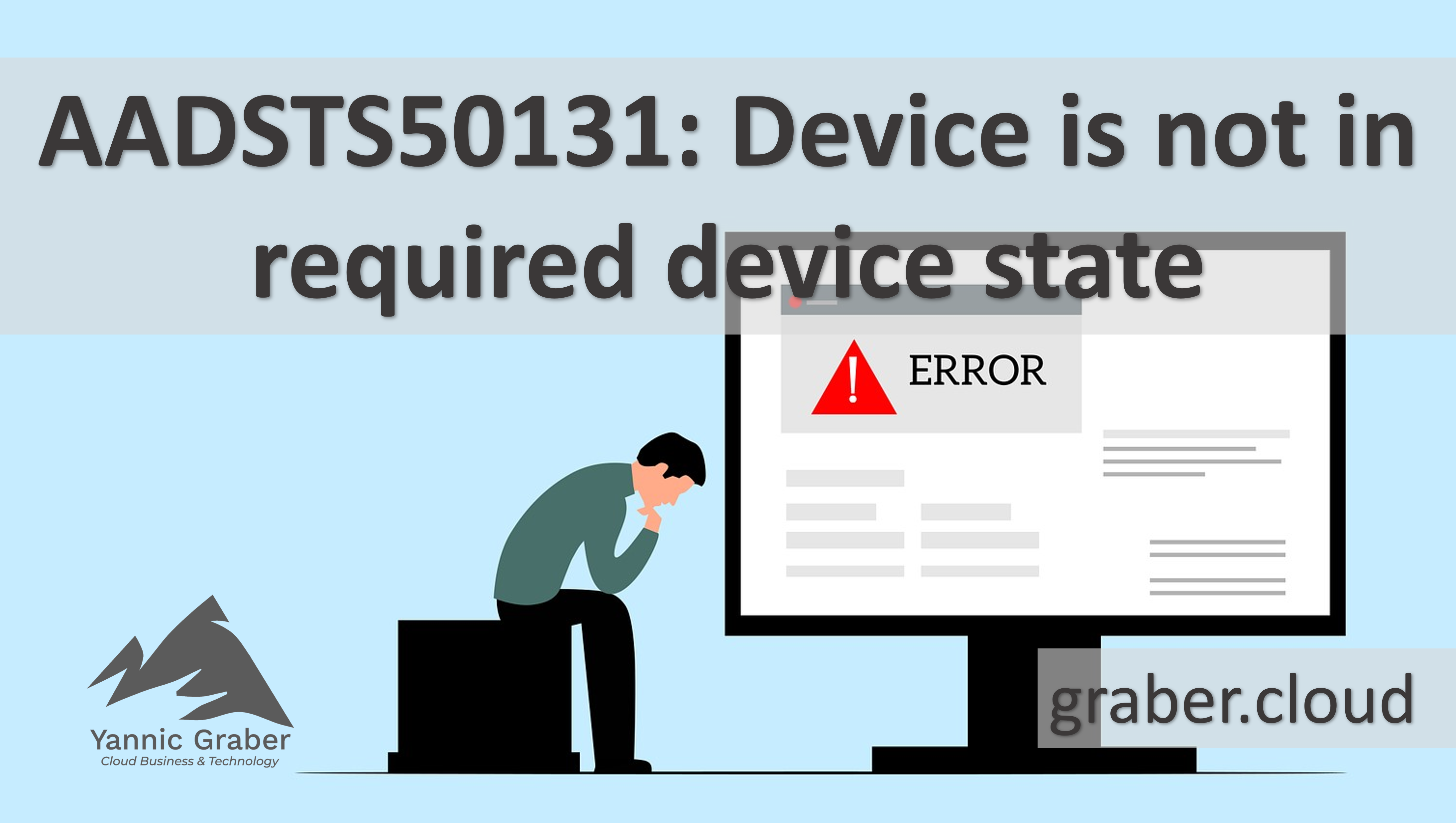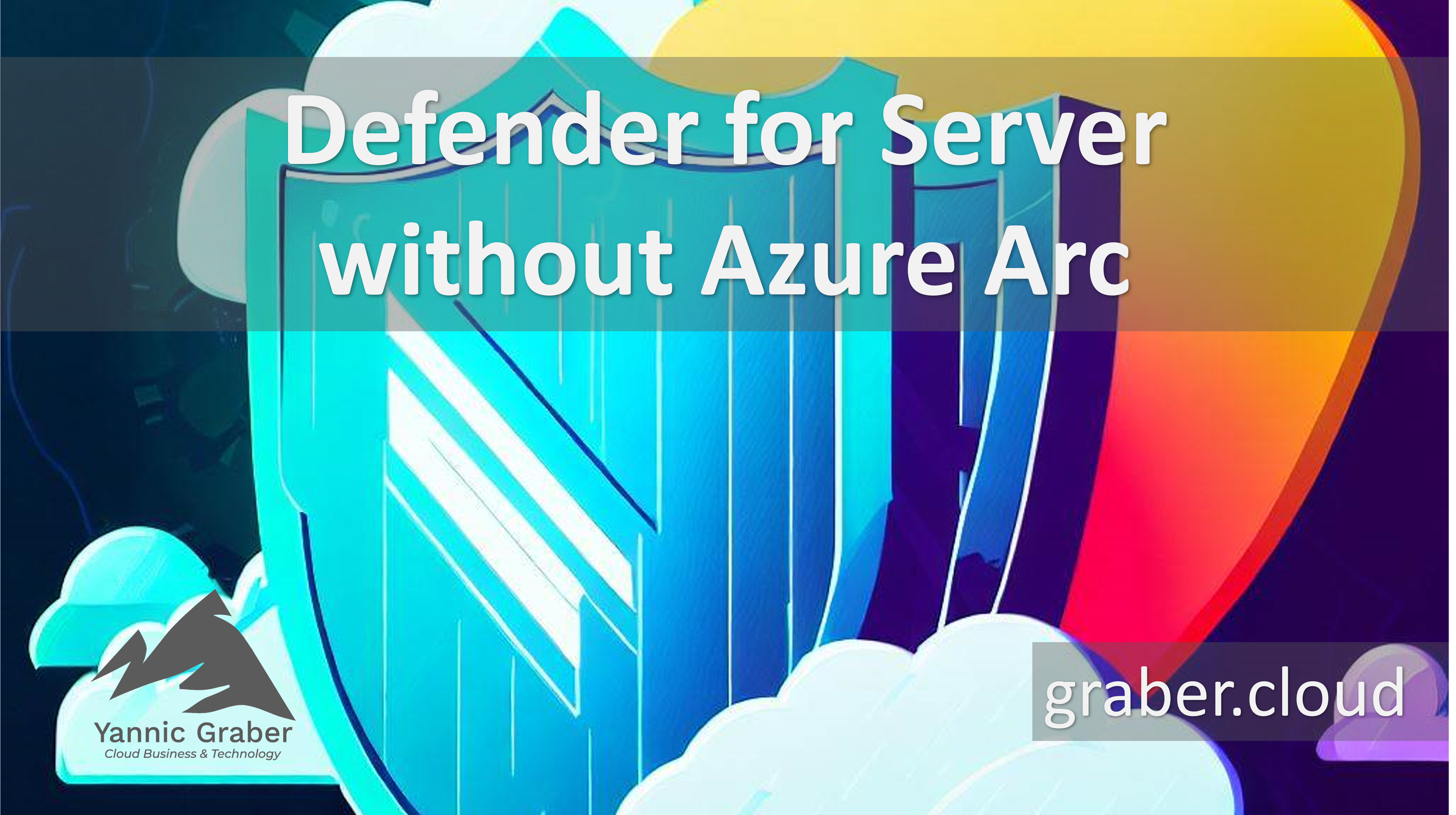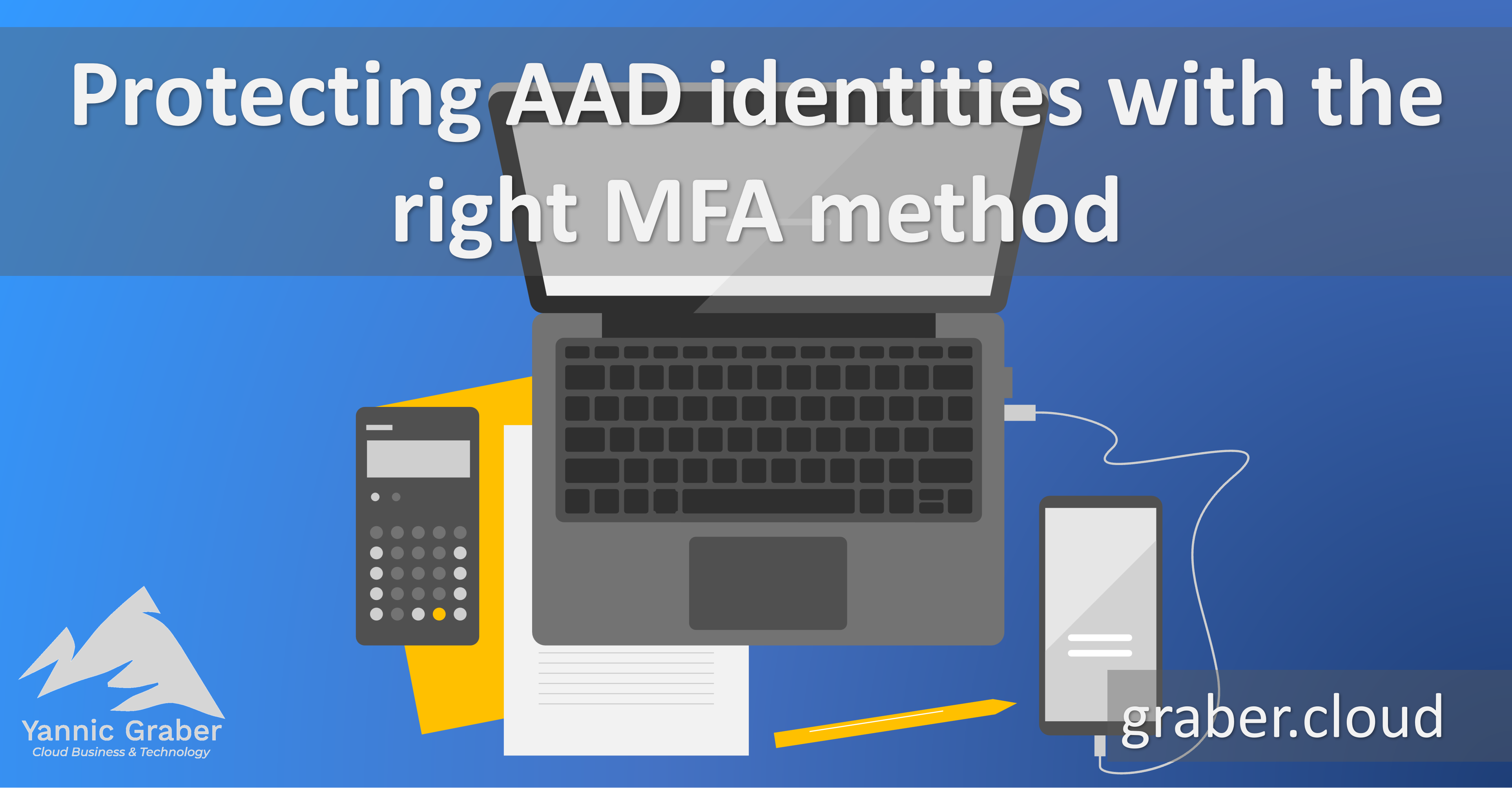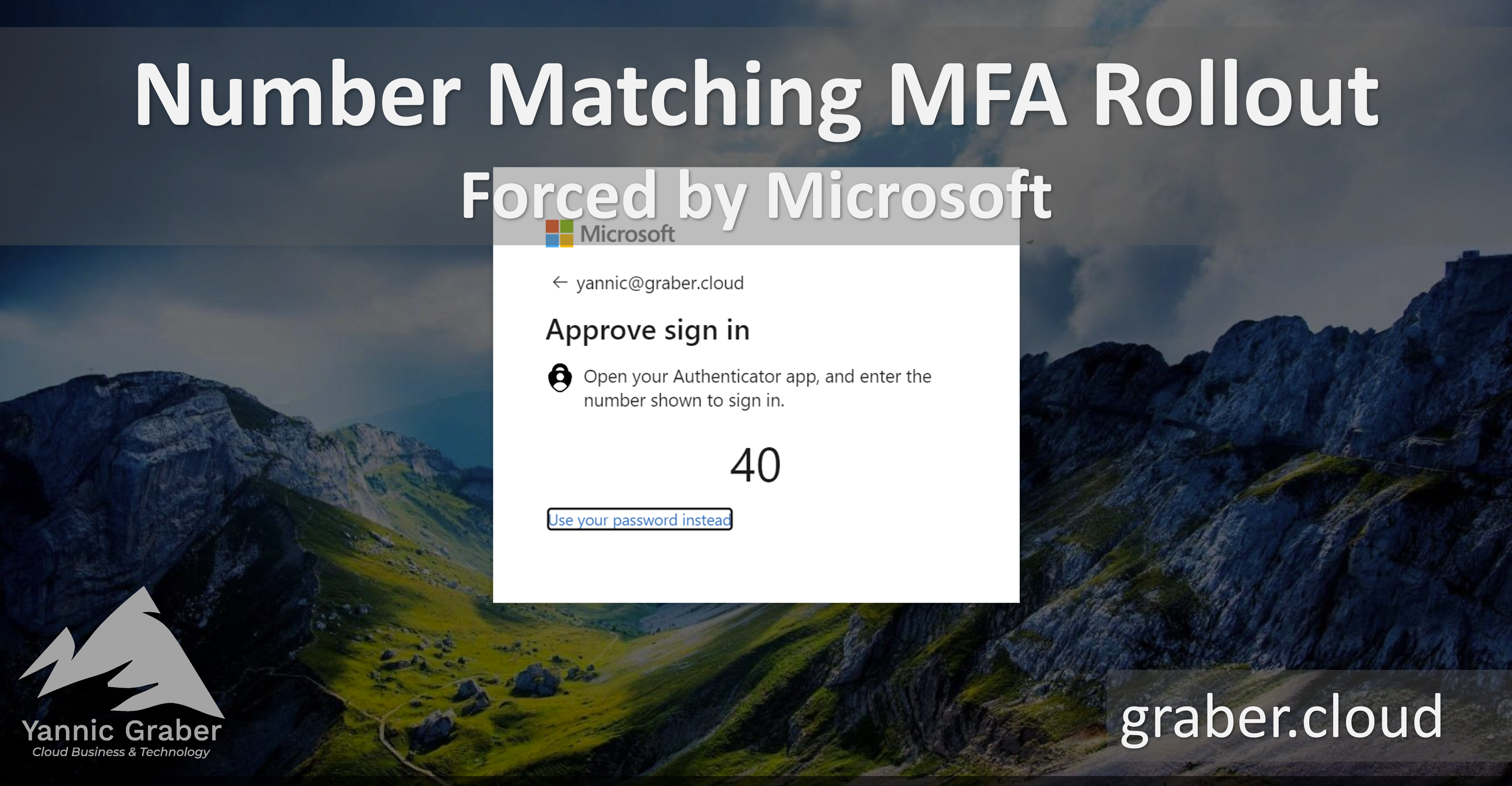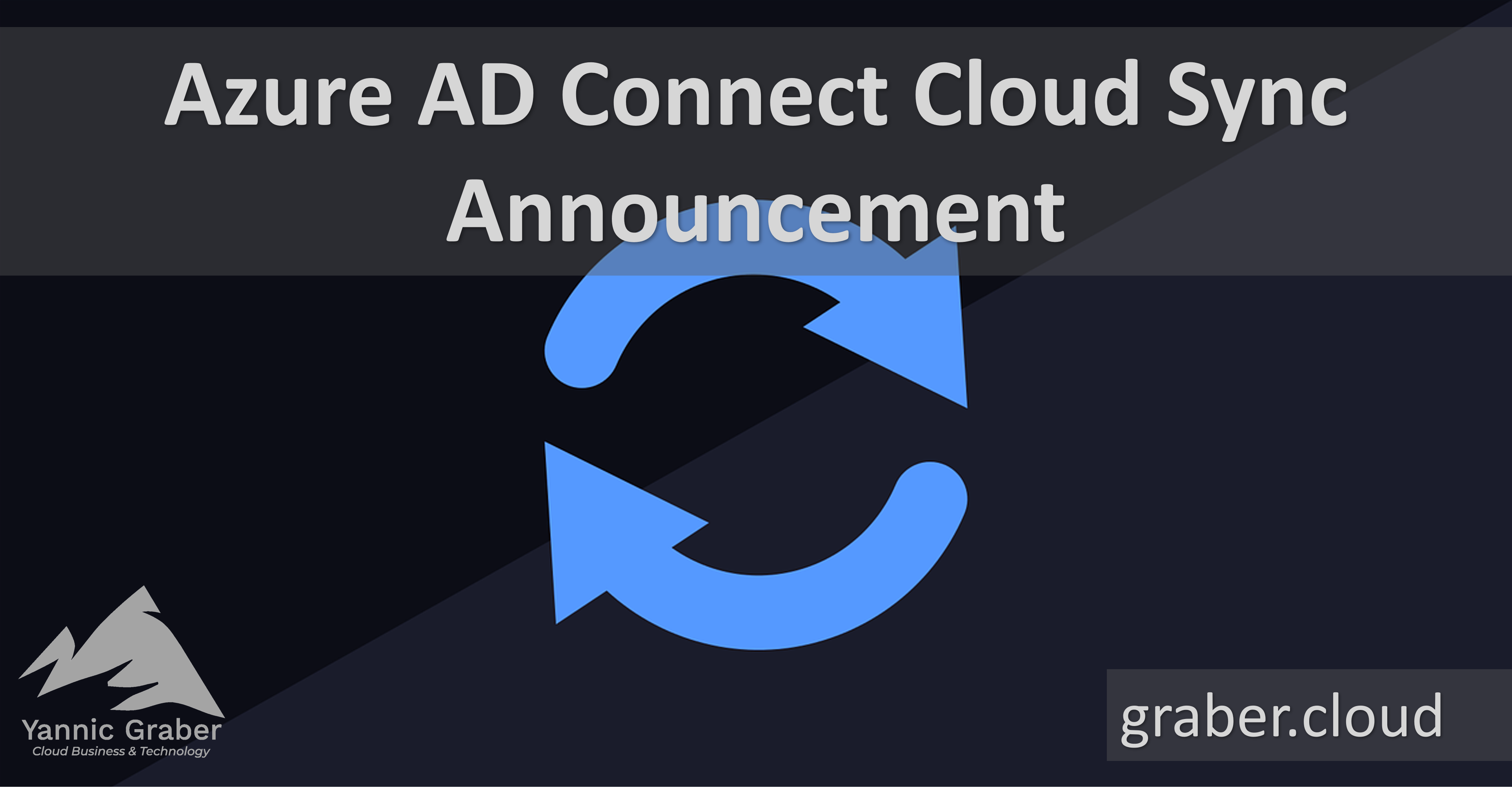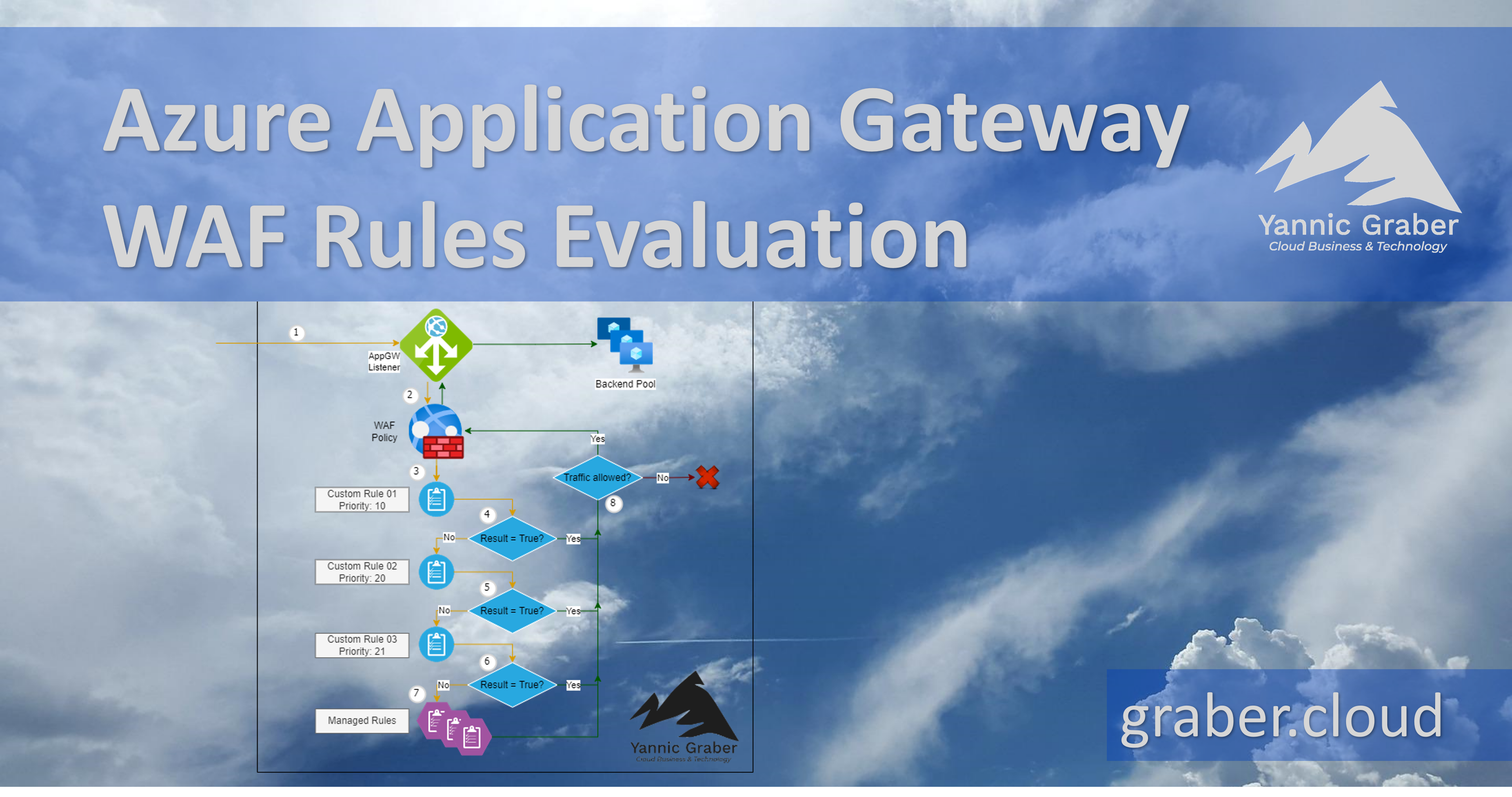M365 Log-Size Calculation for Sentinel
Microsoft Sentinel is ideal for extending the functions of Microsoft Defender XDR and other Defender products. I have already explained this in more detail in the blog entry https://www.graber.cloud/microsoft-sentinel-for-microsoft-365-a-must-have/. But what does Microsoft Sentinel for Microsoft 365 actually cost? There is no clear answer to this question, which is due to the difficulty of calculating the M365 log size for Microsoft Sentinel. This blog deals with precisely this question. It is intended to serve as a guide for cost estimation and shed some light on the darkness of log size and Sentinel costs. M365 Log-Size Calculation for Sentinel - a guide to cost estimation.
